1. What is a quadruped robot?
A quadruped robot is a four-legged robot designed to mimic the movement and stability of animals like dogs or goats. It belongs to the broader category of legged mobile robots, which are designed for navigating complex environments that wheeled robots often struggle with.

2. Physical Description
Structure: Quadruped robots have four articulated legs instead of wheels or tracks. This enables dynamic walking and climbing capabilities.
Size: They are typically small to medium-sized, ranging from compact inspection bots to larger models for carrying payloads.
Variants: Some versions include small wheels attached to each leg for hybrid walking-rolling mobility (e.g., Deep Robotics’ Lynx series).
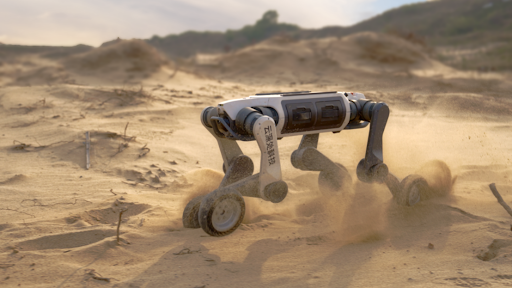
Sensors & Equipment:
-
- Often equipped with a camera (RGB or RGBD), IMU, and optionally LiDAR for perception.
- Use SLAM (Simultaneous Localization and Mapping) for autonomous navigation.
3. Key Abilities
- Agile Mobility: Walk, trot, pace, or gallop depending on software control. Can maintain balance even when pushed or when walking over obstacles.
- Versatility: Supports payload mounting for different tasks (e.g., inspection, reconnaissance, research).
- SLAM-based Autonomy: Builds and navigates maps using onboard sensors, ideal for GPS-denied environments like indoor facilities or tunnels.
- Sensor & Actuator Integration:
- Thermal cameras for temperature anomalies (e.g., electrical or mechanical faults that create overheating).
- Audio sensors for leak detection or machinery diagnostics.
- Gas sensors for hazardous gas detection (e.g., methane, CO₂, CO).
- Robotic arms for object manipulation or pressing buttons.
Auto-recharging or Docking: Some models support autonomous return-to-base and charging, enabling 24/7 deployment.
4. How Are Quadruped Robots Different from Other Mobile Robots?
| Feature | Quadruped Robots | Wheeled Robots |
Tracked Robots |
| Terrain Navigation | Excellent on uneven, rough, or soft ground | Best on flat surfaces | Good on uneven terrain but less agile |
| Mobility | Agile and adaptive, can walk over obstacles | Fast and efficient on smooth floors | Slower, more stable in rugged areas |
| Stair Climbing | Yes | Rarely | Sometimes |
| Turning Radius | Very tight, can rotate in place | Depends on wheel config | Medium |
| Payload Mounting | Flexible back-mount design | Often limited to chassis | Moderate |
| Complexity & Cost | High | Low to medium | Medium |
| Use Cases | Industrial inspection, defense, search & rescue | Delivery robots, floor cleaning | Agriculture, mining, defense |
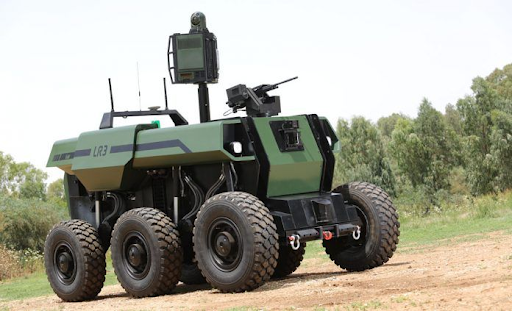
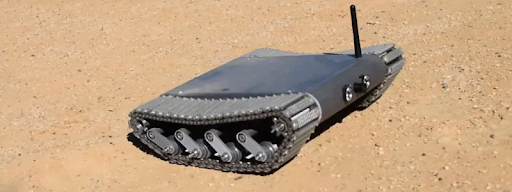
5. Common Applications of Quadruped Robots
- Industrial inspection (factories, refineries, power plants)
- Search and rescue in disaster zones
- Military reconnaissance
- Remote sensing in hazardous environments
- Academic research in locomotion and AI


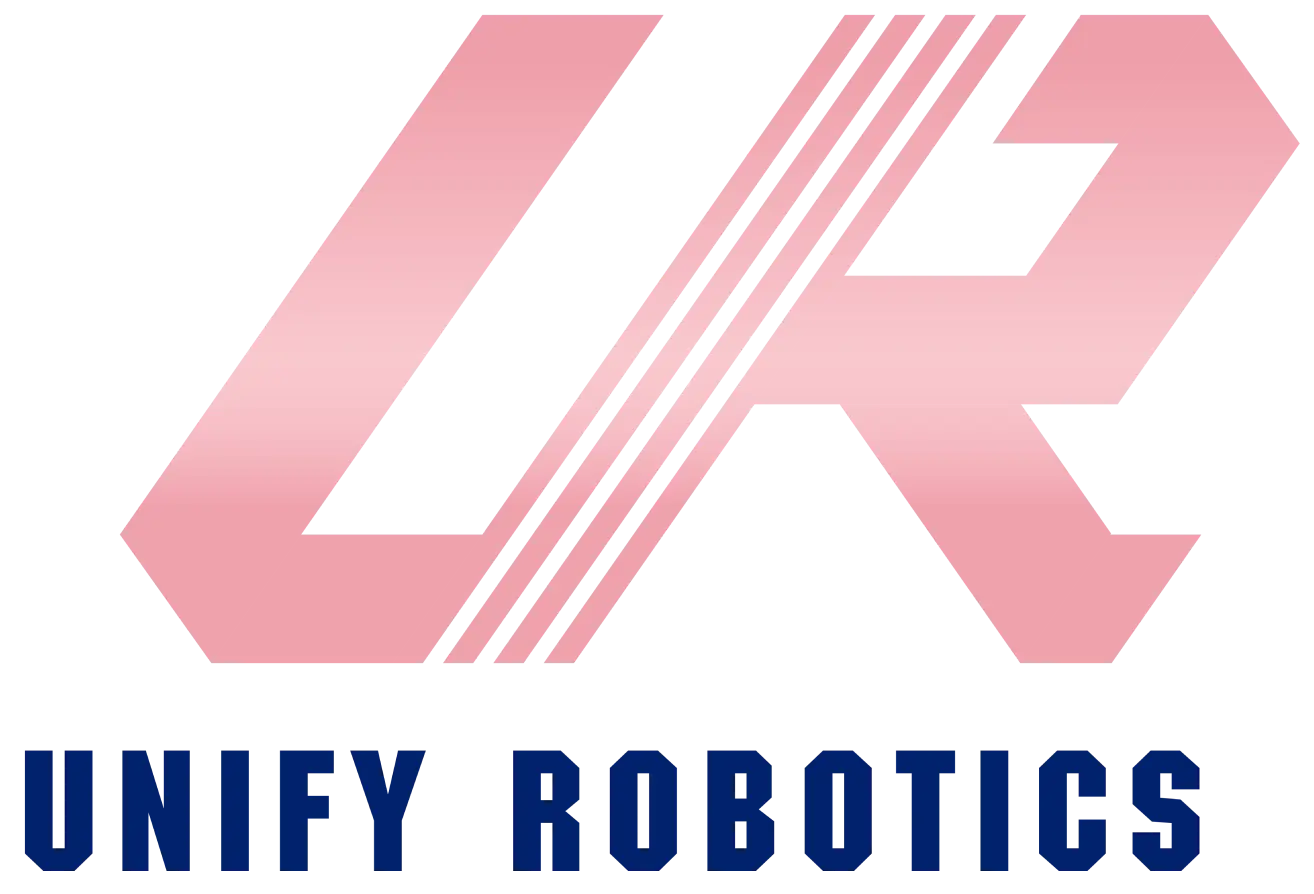
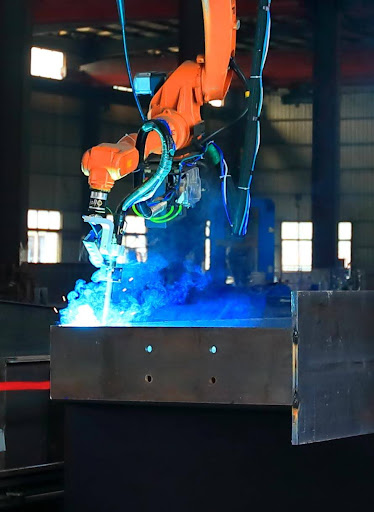
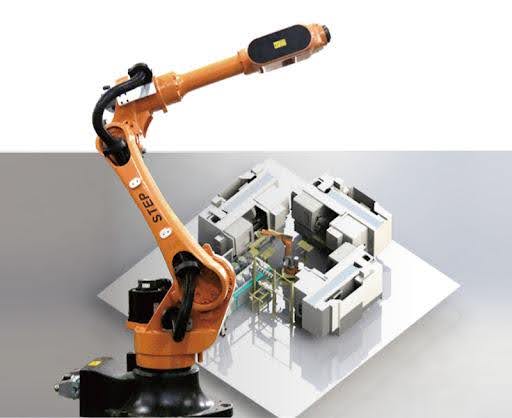
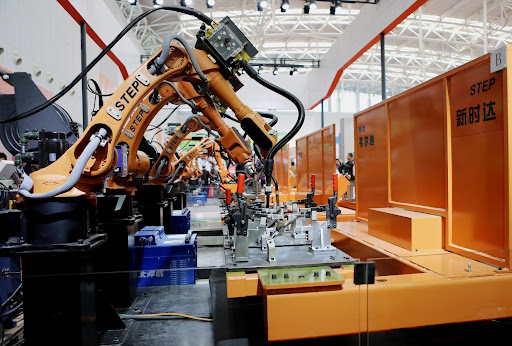

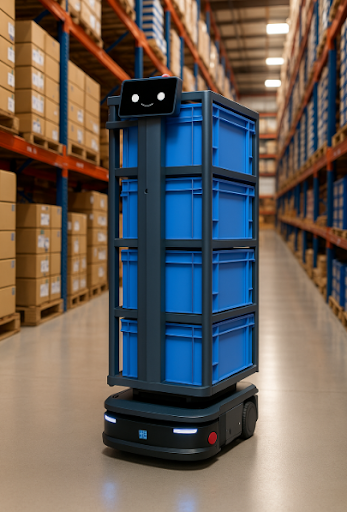
Leave a Reply